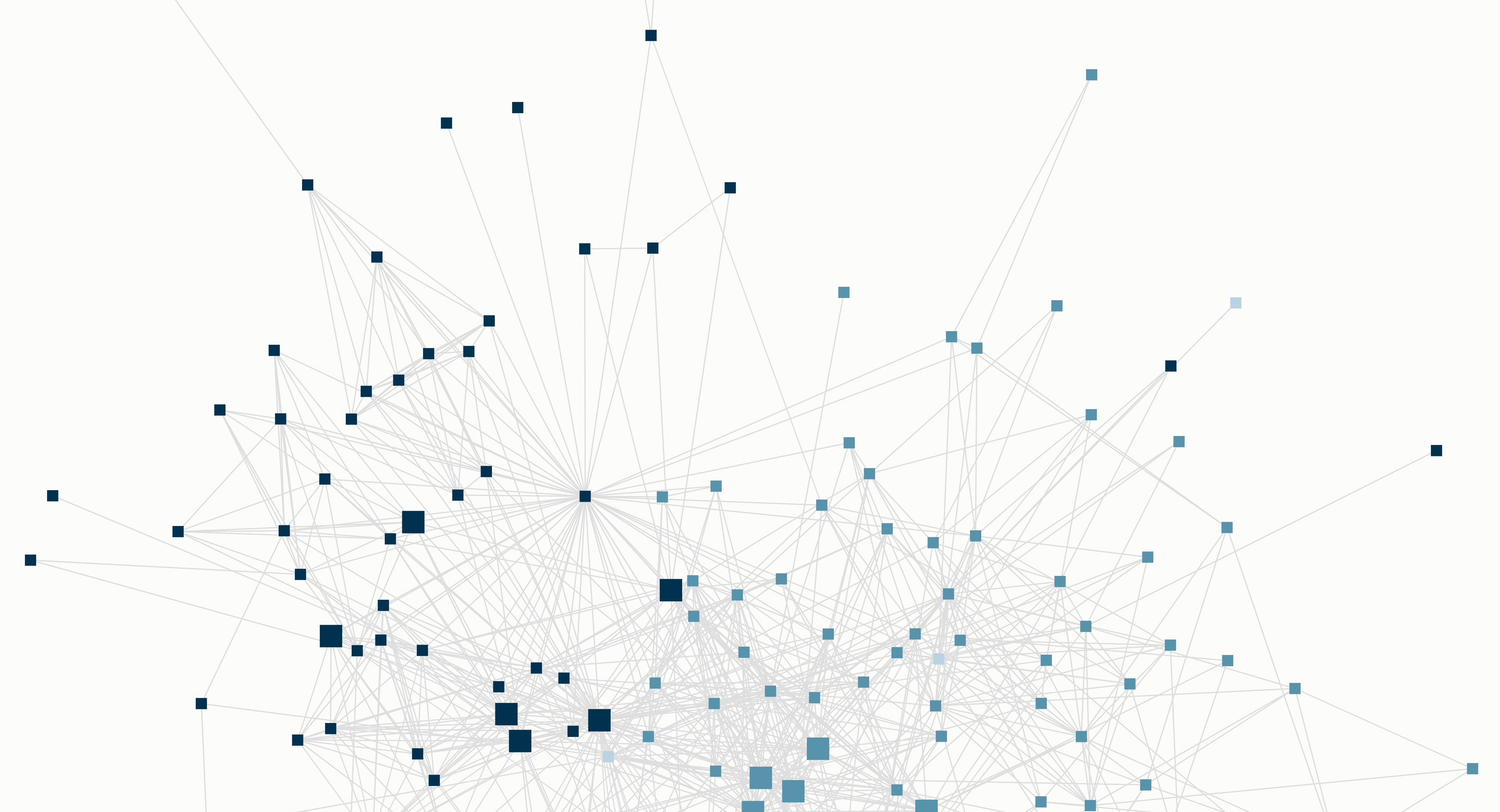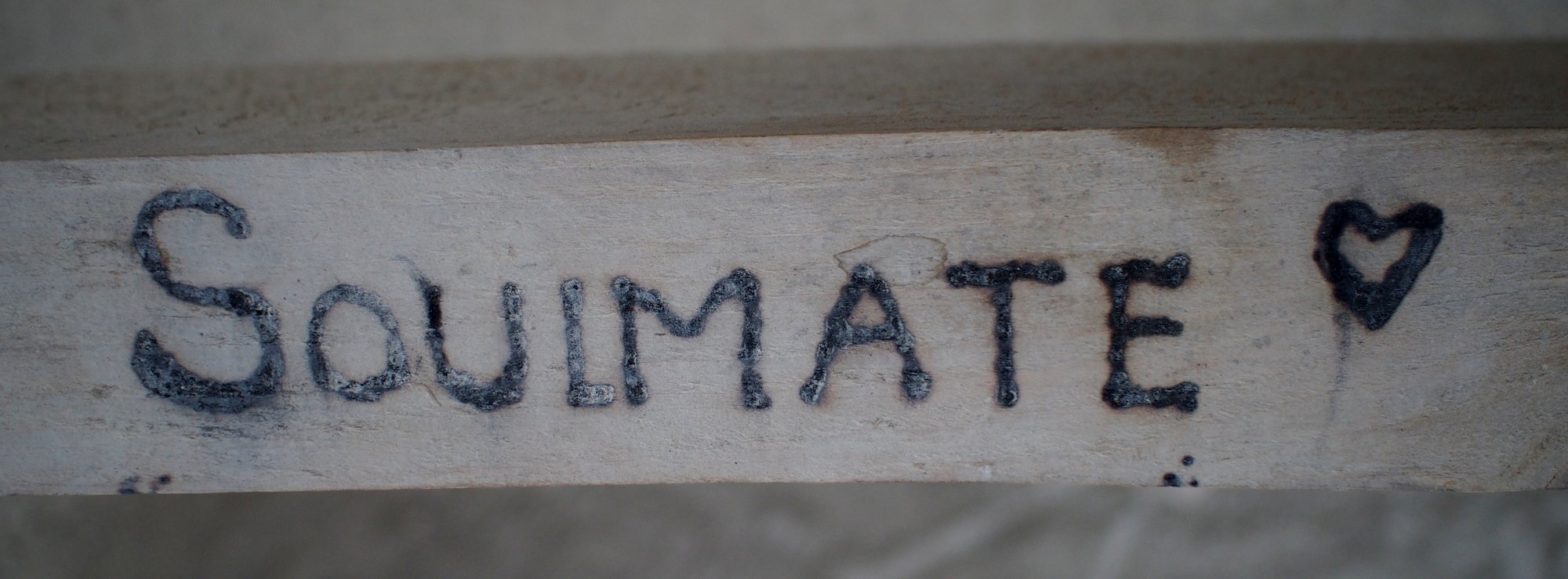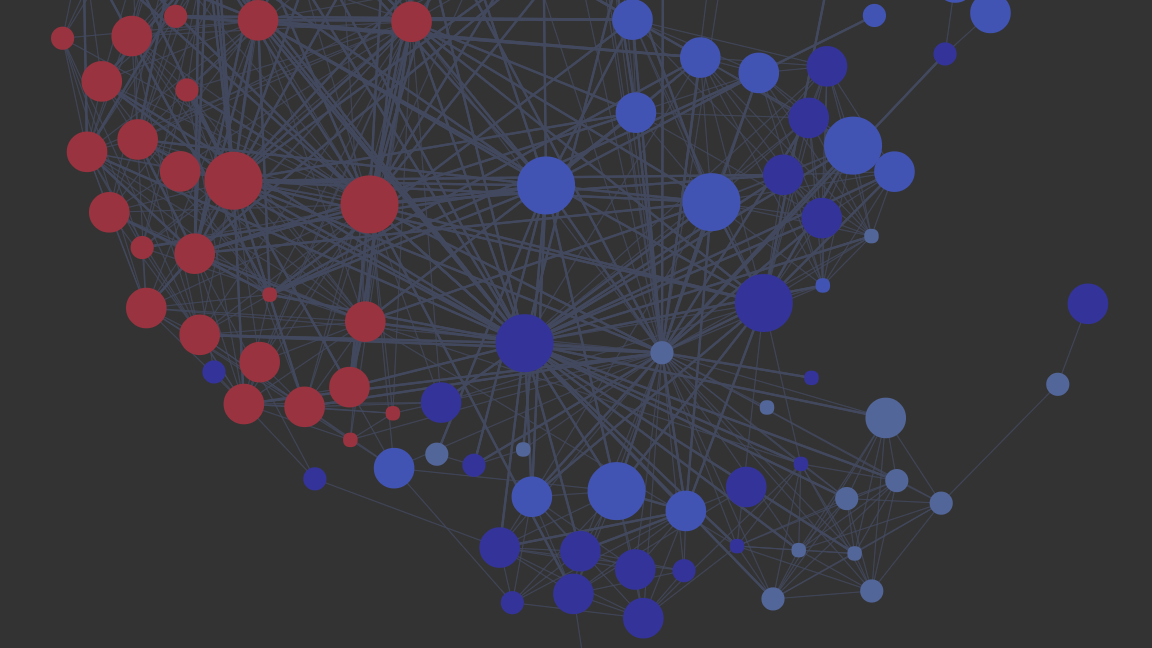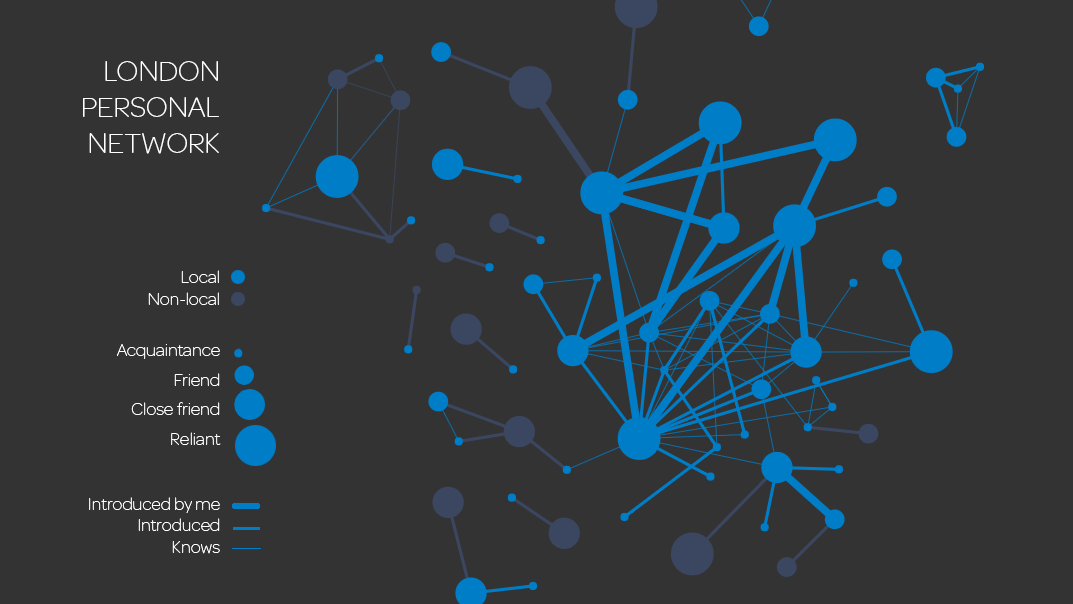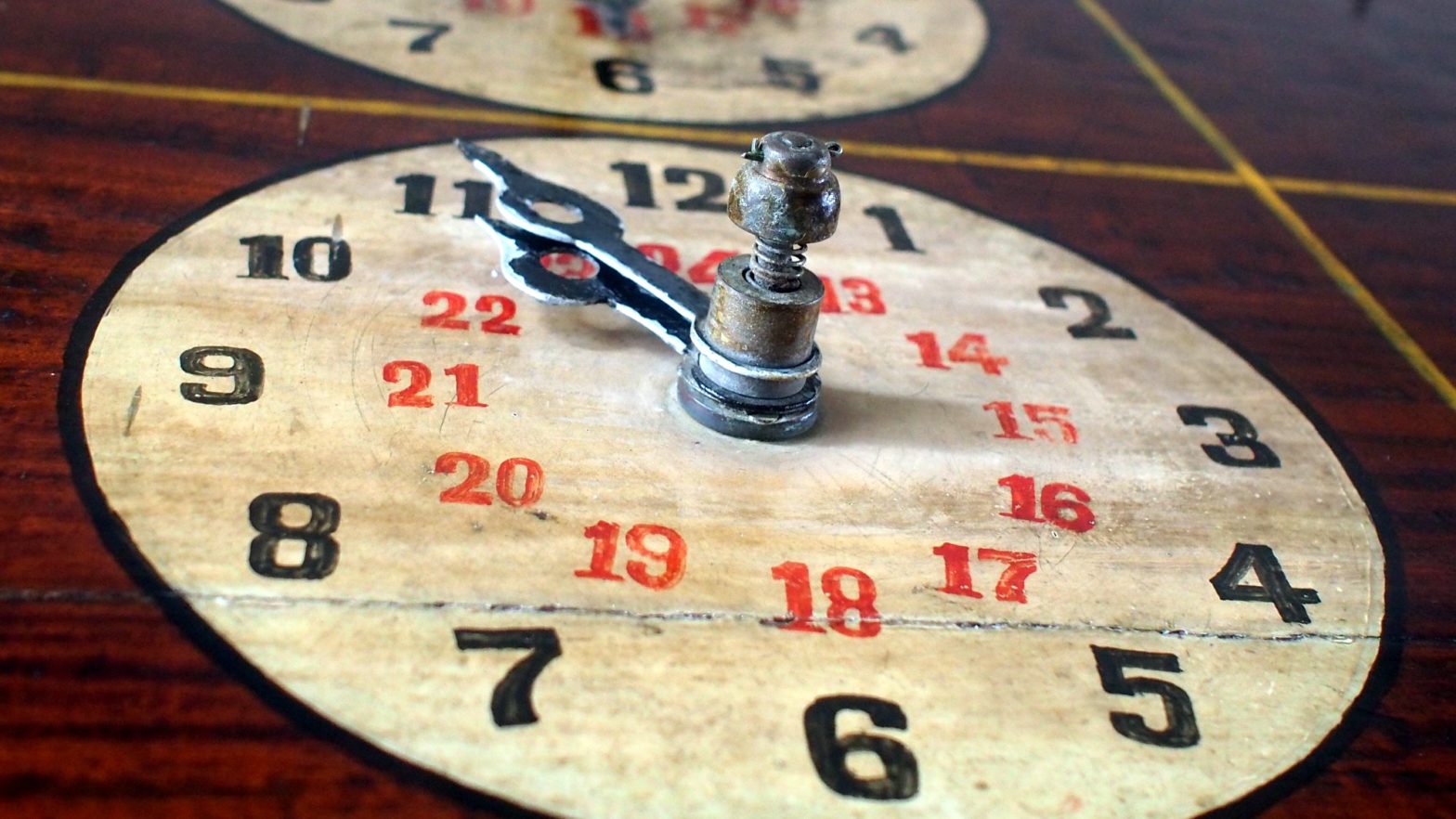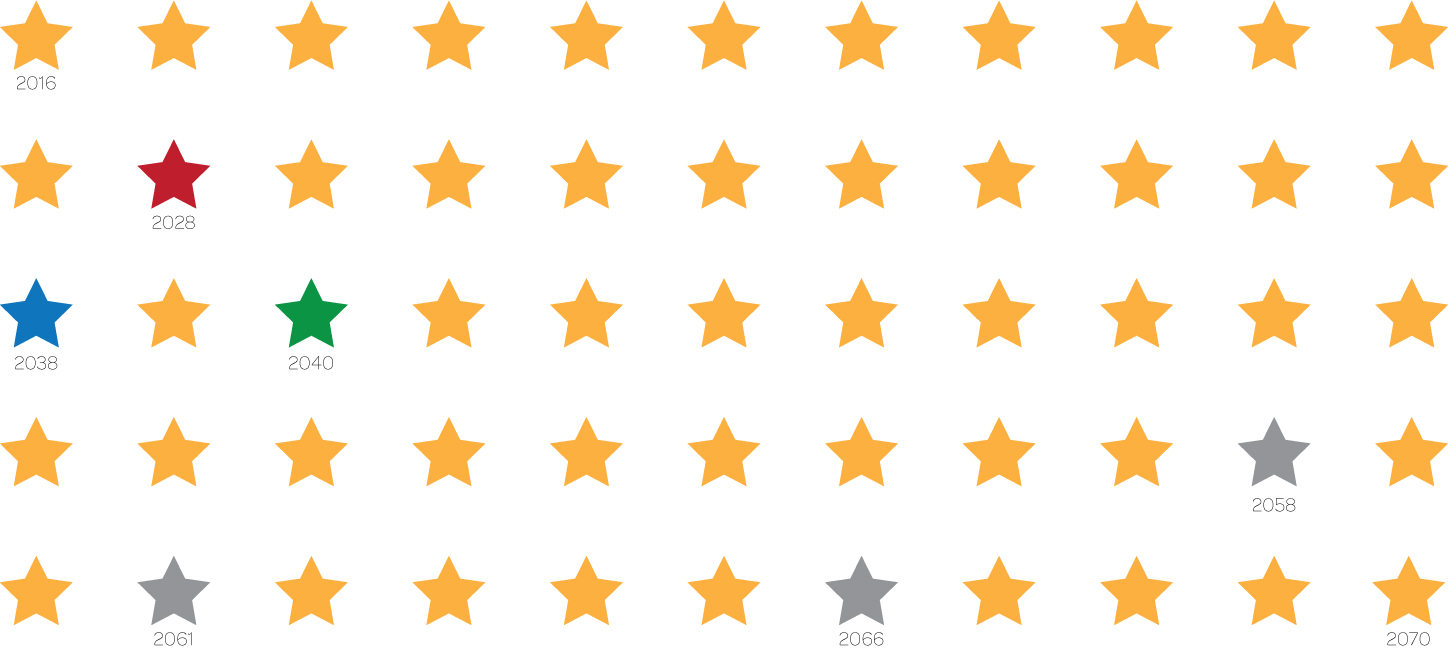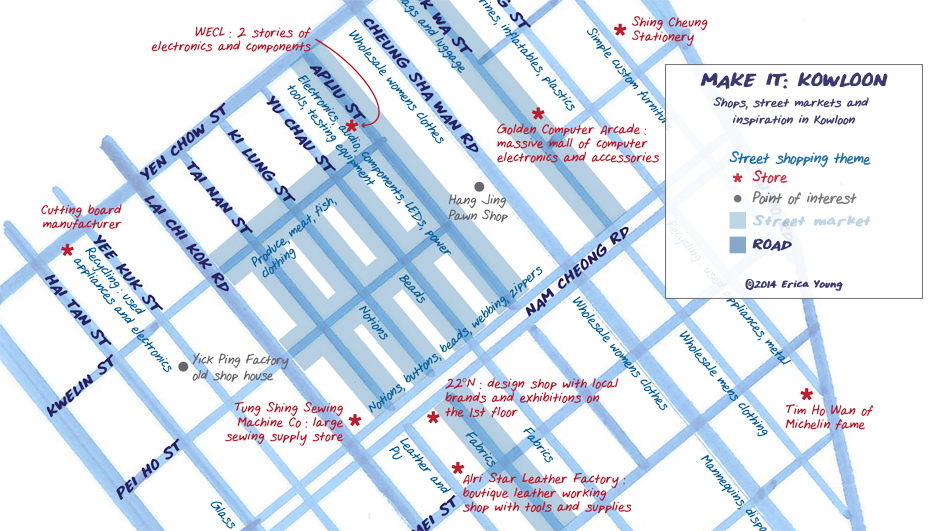The Reliants Project in Kumu
Finally, I’ve managed to embed an anonymised version of the latest Reliants Project network graph onto the front page of the site. I think it is much more interesting to engage with an interactive map than static images. Back in 2017, I shared maps showing my London personal network before and after pairing up with my partner. Before that, I shared a global map showing how my network has evolved over my adult life. Over the last year, I have introduced my partner to many people within my global network. We have also introduced many of our friends to each other. The resulting 2018 graph is more complex than the previous versions and shows a more developed London network.Reading the map. In Kumu, nodes are called elements and edges are connections. Each element represents an individual in my personal network. The connections show who knows who in that network. In this map, the colors indicate which geographical group the individual is part of (United States, Hong Kong or the United Kingdom). The large elements identify …
